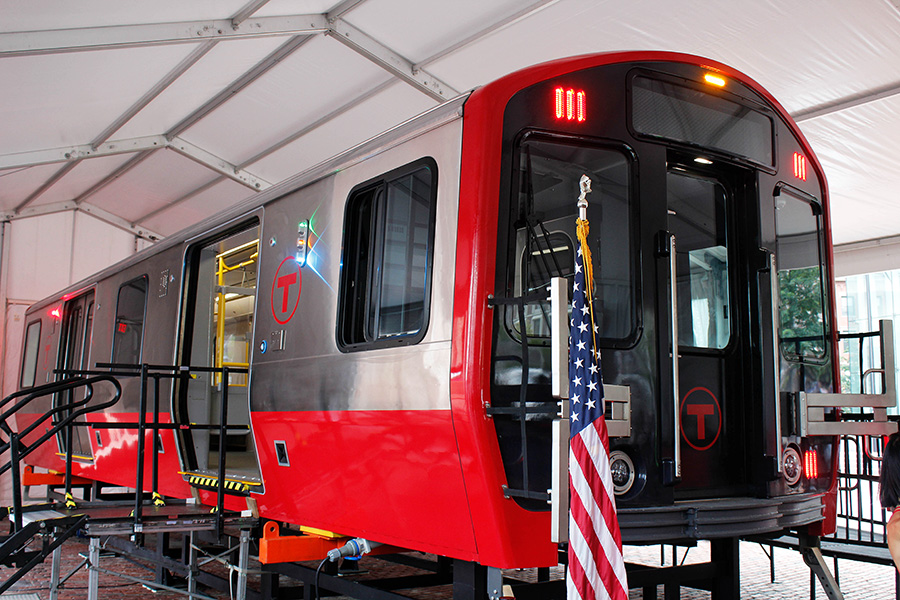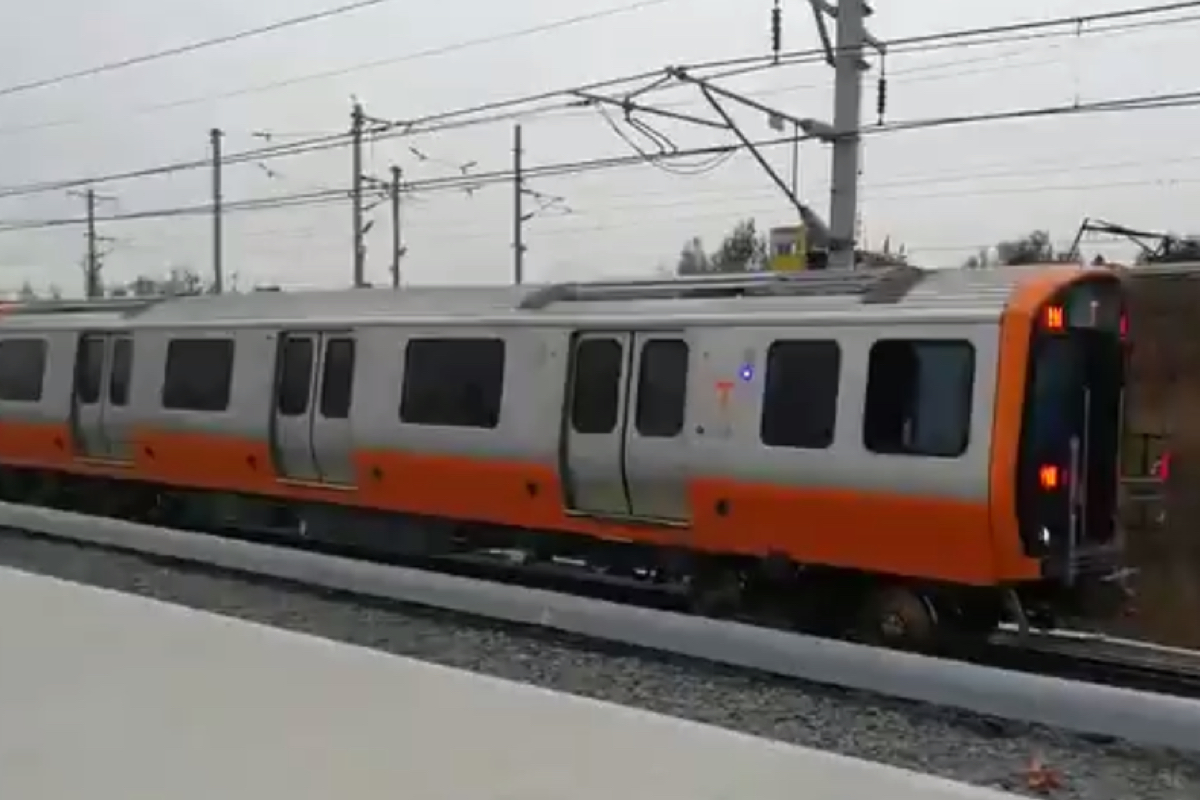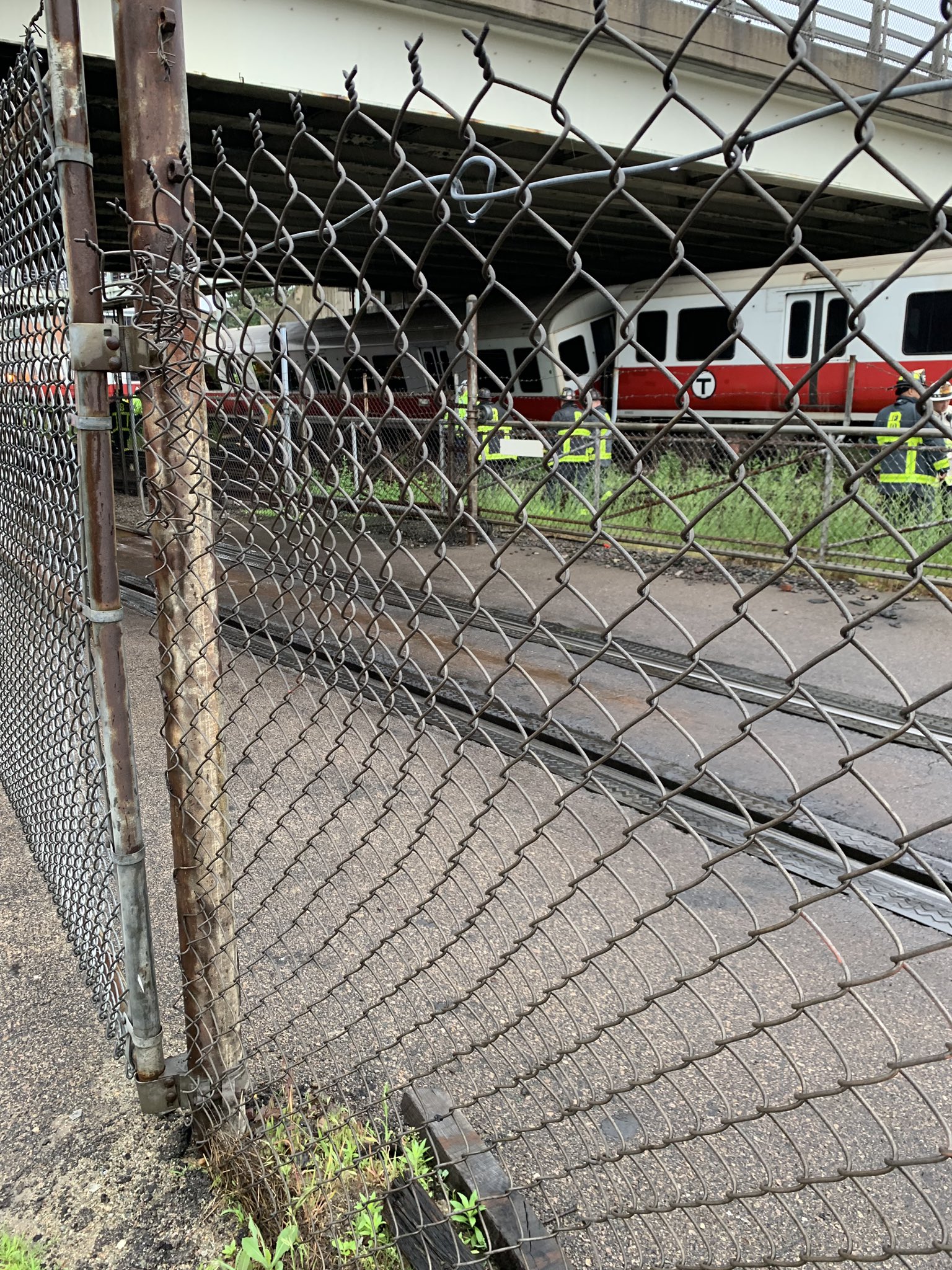HelloBostonHi
Senior Member
- Joined
- Apr 17, 2018
- Messages
- 1,482
- Reaction score
- 4,154
Seen on Twitter, GL 3847 had a derailment at Kenmore today, causing chaos on a parade day of course.



Seen on Twitter, GL 3847 had a derailment at Kenmore today, causing chaos on a parade day of course.
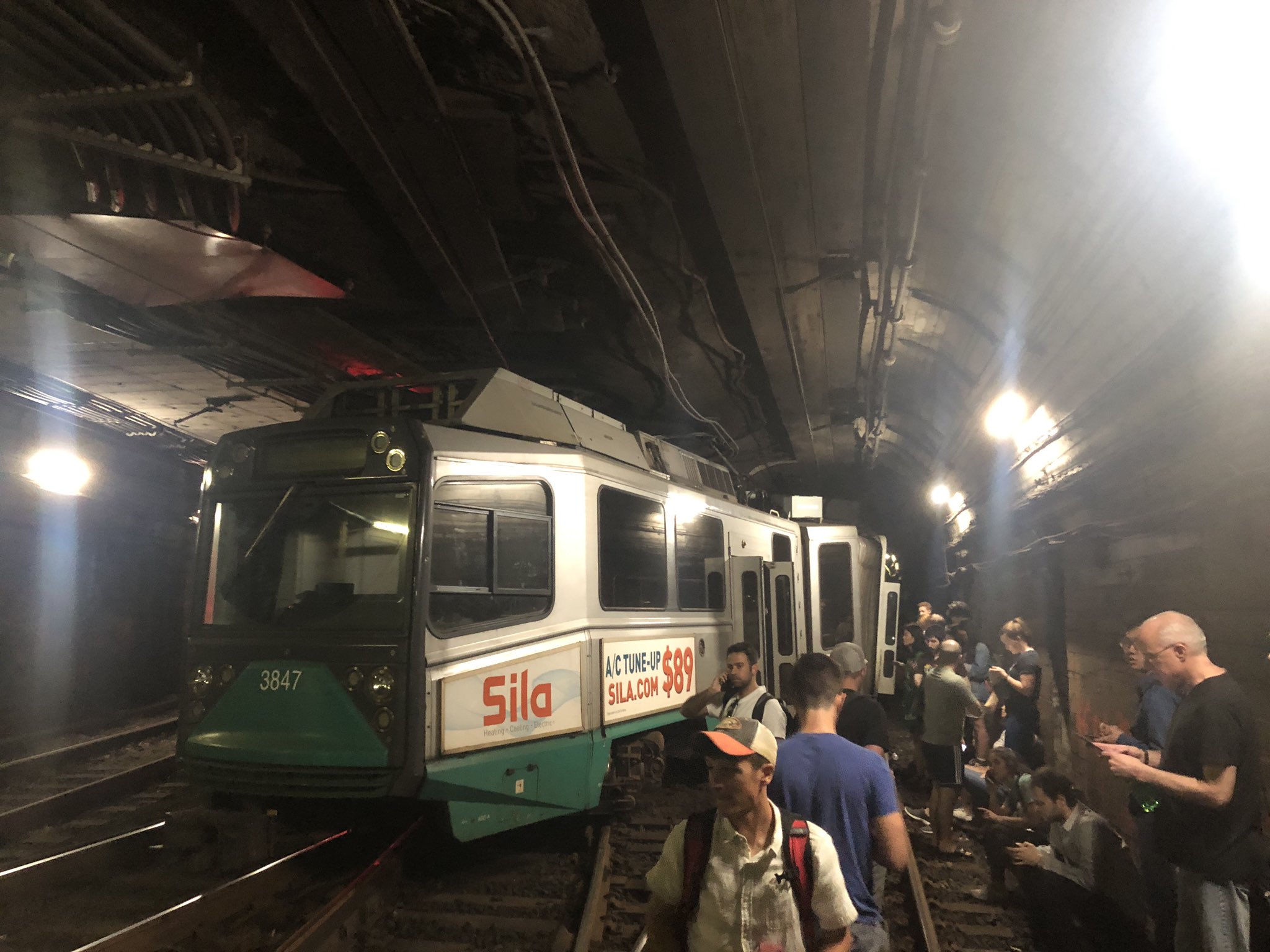
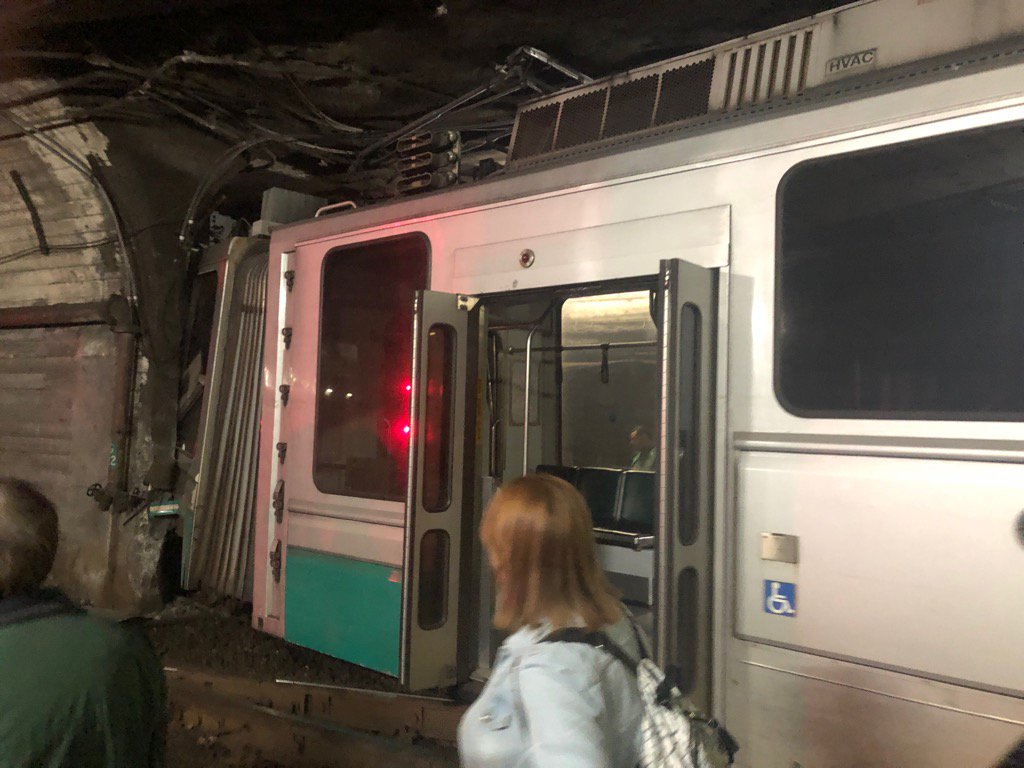
What percent of green line derailments are type 8s?
Location suggests that one of the car's trucks may have snagged the switch or frog, which has been a longstanding risk point for the derailment problems on these enormous pieces of crap. The fact that the derailment location appears to be clear of the actual switch suggests it was not a split switch. There are no speed restrictions at the junction or throughout this relatively straight portion of tunnel, so it's not a particularly high-risk area for leadfoot operators going too fast. Unless it was a seriously flagrant overspeed, that's probably not going to cause this.
I think it's notable that riders reported the train was going "really fast." While everyone has a different threshold of "really fast," it still indicates that the train may have been going at a fast enough rate of speed for passengers to notice something was up before they all went flying.
F-Line,
Do you have a beat on the likely, next 2~3 MBTA projects after the GLX?
The advancement of project development efforts, which may include environmental permitting, project feasibility, conceptual design, alternatives analysis or project design
It's a high-speed crossover that is pretty lengthy from start to finish, with no discernible speed dropoff ahead of the switch because of the 1500 ft. straightway it's on under Beacon St. The split happens between Maitland and Miner Sts. (little closer to Miner) >1700 ft. past the Kenmore platforms and <800 ft. from the C portal. The D does a little S-curve through what's now that surface parking lot to get on-alignment for the Fenway portal, but that curve doesn't start until crossing over through the open-cavern portion of tunnel. I don't know if there's a permanent yellow signal or not; outbound is the only place you'd ever notice it because inbound this switch is too close to the portals to get going fast enough. In general this is zippy tunnel because the C portal is straight and long while the D junction is "modern" 1958 construction on geometry.
Riders felt the car strike the tunnel wall, and the strike point is clearly visible on the center truck. Rear truck stayed railed on the crossover making it to a stop at the C-Inbound track's frogs. Center truck derailed. And the photo of the front truck sitting in the divider-wall portion of tunnel is too grainy for me to see if it's completely on the tracks, or just mostly. The problematic center section moved the most laterally, though it didn't have to be the one to come off the tracks to jackknife like that.
T rules out any mechanical fault with the track structure or junction switch, so we're down to: (A) car, (B) human error, (C) fluke as potential causes.
